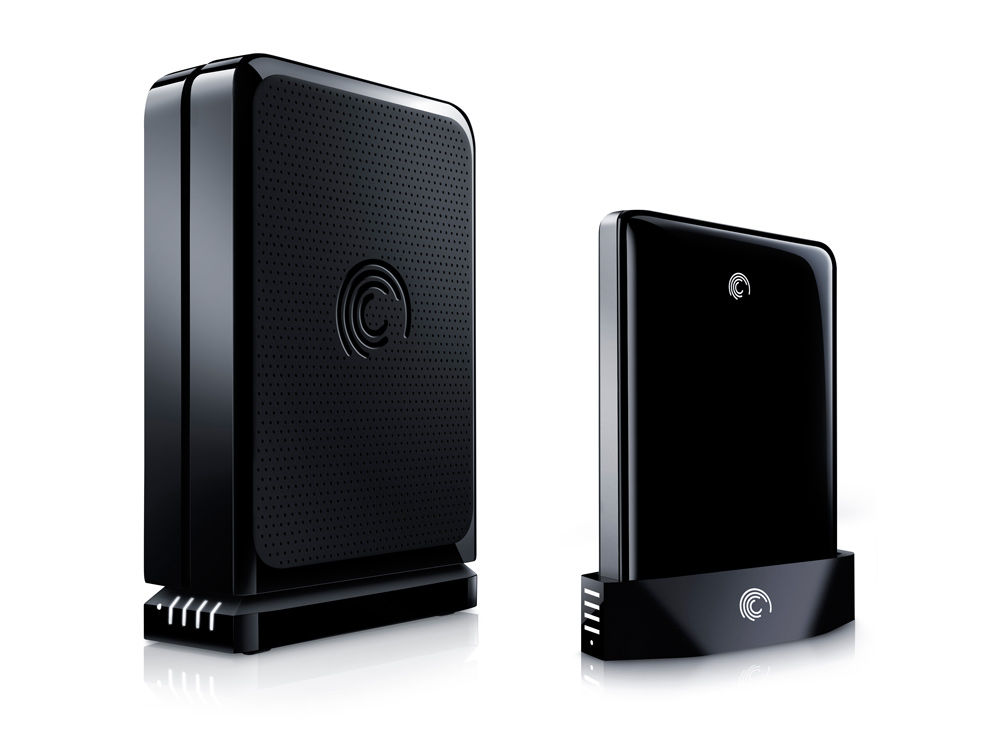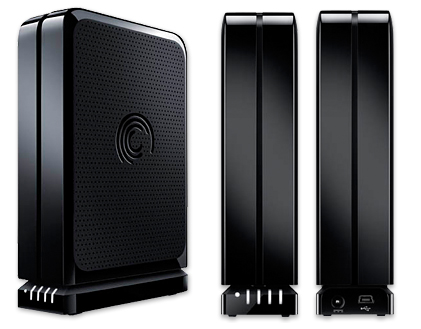
Seagate offers six cable kits for the portable drive system. And if you don’t keep an extra around, you’ll be out of luck if you take the drive somewhere and realize only later that you need a particular connection.

However, if you do need extra connectors, your costs will add up quickly–the connectors range from $30 to $80. You could also save some money, in theory: Seagate says the new design lowers the drive’s costs, as you’ll pay only for the connectors you need. One possible benefit of the new Seagate design is that you might not run into any power issues if you use the drive with an ultraportable laptop (sometimes, multiinterface drives require more power than the USB ports on such notebooks output). This approach goes counter to the trend of putting multiple interfaces (for example, any combination of USB 2.0, USB 3.0, FireWire 400, FireWire 800, and eSATA) on a drive.

As a result, Seagate can offer a variety of cable modules for use with a single drive–giving you plenty of connection flexibility. The unique hook to these models is that Seagate has reengineered the devices to separate the drive from the bridge board that translates the drive’s native SATA to another interface connection. The portable drives come in assorted capacities and colors ($100 for 320GB in silver or black $130 for 500GB in silver, black, red, or blue $170 for 750GB in silver or black and $190 for 1TB in silver or black). Seagate has refreshed its line of portable hard drives and introduced its FreeAgent GoFlex system (available in both portable and desktop variants), which encompasses drives, connection modules, and accessories.


 0 kommentar(er)
0 kommentar(er)
